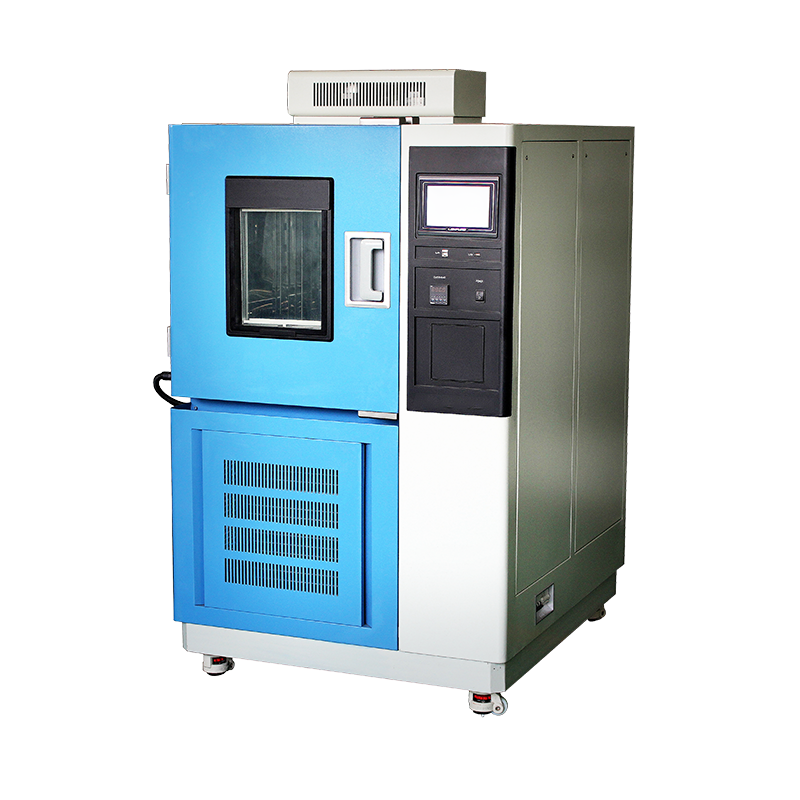In modern automotive manufacturing and component testing, ensuring product quality and reliability is of paramount importance. The High and Low Temperature Alternating Test Chamber, as a critical testing device, is widely used in environmental adaptability testing for automotive components, and its key role cannot be overlooked.
I. What is a High and Low Temperature Alternating Test Chamber?
A High and Low Temperature Alternating Test Chamber is a device that simulates environmental temperature variations, capable of conducting high and low-temperature cyclic tests within a set temperature range. Typically, such chambers can simulate extreme temperature conditions ranging from -70°C to +150°C, helping to evaluate the performance of materials and products under different temperatures.

II. The Importance of High and Low Temperature Alternating Test Chamber in Automotive Components
-
Simulating Real-World Usage Conditions
During operation, vehicles experience various climatic conditions, such as scorching summers and freezing winters. Temperature cycling test chambers can simulate these extreme environments, allowing engineers to assess how components perform under real-world temperature fluctuations and evaluate their reliability. -
Evaluating Material Performance
Different materials behave differently under high and low temperatures. Through temperature cycling tests, properties such as thermal expansion, contraction, and brittleness can be examined, ensuring that the selected materials meet the requirements for automotive components. -
Detecting Fatigue and Aging
Rapid temperature changes can lead to material fatigue and aging, with prolonged cycling potentially causing micro-cracks or other damage. Temperature cycling test chambers accelerate this process, helping manufacturers identify potential issues early and extend product lifespan. -
Enhancing Product Design Reliability
By conducting temperature cycling tests, designers gain comprehensive performance data to optimize component designs, ensuring functionality even under extreme conditions. This is crucial for improving vehicle safety and reliability. -
Compliance with Industry Standards
The automotive industry imposes strict performance standards on components. The use of temperature cycling test chambers enables companies to conduct certification tests, ensuring compliance with domestic and international industry standards and enhancing market competitiveness.
Conclusion
High and Low Temperature Alternating Test Chamber play a vital role in automotive component testing. They not only simulate real-world usage conditions but also help manufacturers assess material performance, detect fatigue and aging, optimize product design, and comply with industry standards. As automotive technology advances and consumer demands for product quality increase, the use of temperature cycling test chambers will become an industry standard, providing robust assurance for the reliability and safety of automotive components.














